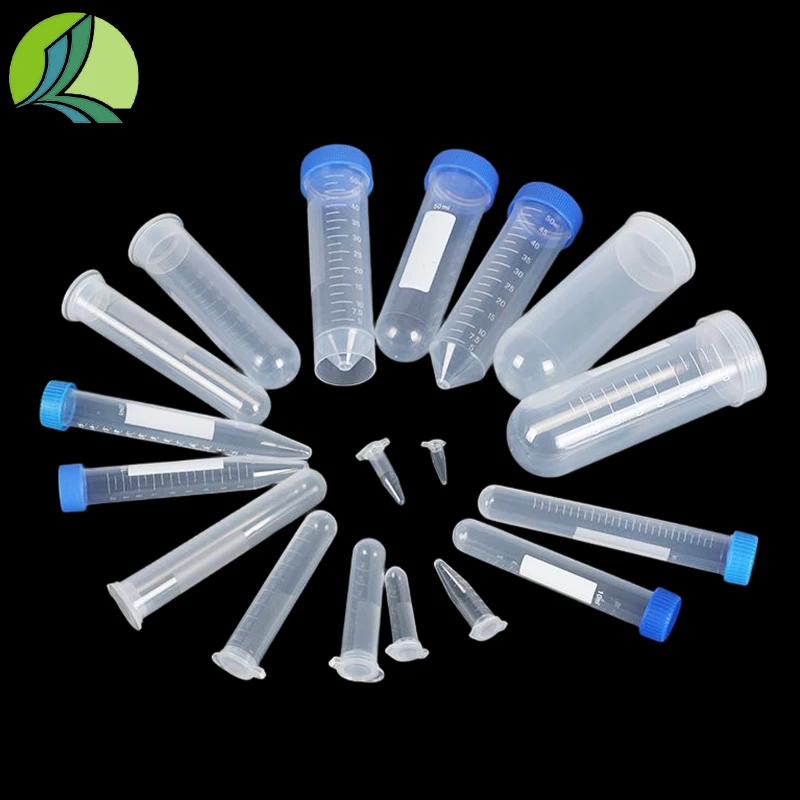Understanding the Conversion of 5ml to Drops in a Dropper System
Understanding the Conversion 5ml to Drops Using a Dropper
In various fields such as medicine, cooking, and scientific research, accurate measurements are crucial. One common task involves converting milliliters (ml) to drops, particularly when using a dropper. This article explores the conversion of 5ml to drops, discussing the implications of precision in measurements and offering practical guidance for those who need to perform this task.
The Basics of Measurement Conversion
Milliliters are a standard unit of volume in the metric system, widely used in medical and scientific contexts. A dropper, on the other hand, is a tool designed to dispense liquids drop by drop, making it especially useful for administering medication or precise quantities of a liquid in laboratory experiments.
The conversion from milliliters to drops is not a straightforward calculation because the size of a drop can vary based on several factors, including the viscosity of the liquid, the design of the dropper, and even the way the dropper is used. Typically, a standard dropper delivers approximately 20 drops per milliliter (ml). However, this number can fluctuate. For example, some sources suggest that a dropper may produce 15 to 25 drops per ml due to differences in design and liquid characteristics.
The Calculation 5ml to Drops
To convert 5ml to drops, we shall use the average value of 20 drops per ml for our calculations. Here’s the straightforward formula for the conversion
\[ \text{Drops} = \text{Milliliters} \times \text{Drops per Milliliter} \]
Applying the values we have
\[ \text{Drops} = 5 \, \text{ml} \times 20 \, \text{drops/ml} = 100 \, \text{drops} \]
Thus, approximately 100 drops would be equivalent to 5ml when using a standard dropper.
Factors Affecting the Drop Size
5ml to dropper

While the above calculation provides an estimate, it is essential to understand the factors that can affect the size of the drops. The following elements can play significant roles
1. Viscosity of the Liquid Thicker liquids tend to produce larger drops, meaning fewer drops will be generated per milliliter. For instance, oils or syrups may yield only 15 drops per ml, compared to thinner liquids like water, which can deliver around 20 drops.
2. Dropper Design Different droppers have varying nozzle sizes, which can influence drop size. A dropper with a wider opening will dispense larger drops, resulting in fewer drops per milliliter.
3. Technique in Dispensing The way a liquid is dispensed can affect its volume per drop. Squeezing the bulb too hard may release a larger drop, while a gentle squeeze may yield smaller ones.
4. Environmental Conditions Temperature and pressure can also influence liquid properties. For instance, warmer liquids may flow differently, potentially altering drop size.
Practical Applications
To ensure accurate dosing in medical scenarios, it is vital for both professionals and patients to understand how many drops correspond to a specific milliliter measurement. For example, when administering medication, knowing that 5ml translates to approximately 100 drops can lead to better compliance and effectiveness.
In cooking, precise measurements can significantly impact the outcome of a dish. Using drop-by-drop measurements can help in achieving the right flavor when working with potent liquids like extracts or essential oils.
In laboratory settings, precise volume measurements are crucial for experiments. Miscalculating liquid volumes can lead to erroneous results or failed experiments, emphasizing the importance of understanding how to accurately convert between units.
Conclusion
Converting 5ml to drops is a practical skill that can enhance both accuracy and efficiency in various activities. By understanding the average conversion rate of 20 drops per milliliter, users can effectively estimate liquid quantities when using droppers. However, it’s crucial to account for variables like liquid viscosity and dropper design to ensure accuracy. With this knowledge, individuals can better navigate tasks that require precise liquid measurement, whether in healthcare, cooking, or scientific experimentation.
-
Aesthetic Makeup Spray Bottles | Fine Mist Empty RefillableNewsAug.19,2025
-
White Plastic Veterinary Vaccine Vials | Lab Liquid BottlesNewsAug.18,2025
-
Plastic Medicine Liquid Bottle: Secure Flip Top Drug VialsNewsAug.17,2025
-
Durable 250ml Blue Plastic Vaccine Vial for Lab & Vet UseNewsAug.16,2025
-
Sterile Virus Sample Tubes: Secure & Reliable Specimen CollectionNewsAug.15,2025
-
White 250ml Plastic Vaccine Vial for Lab & Vet MedicineNewsAug.14,2025
























